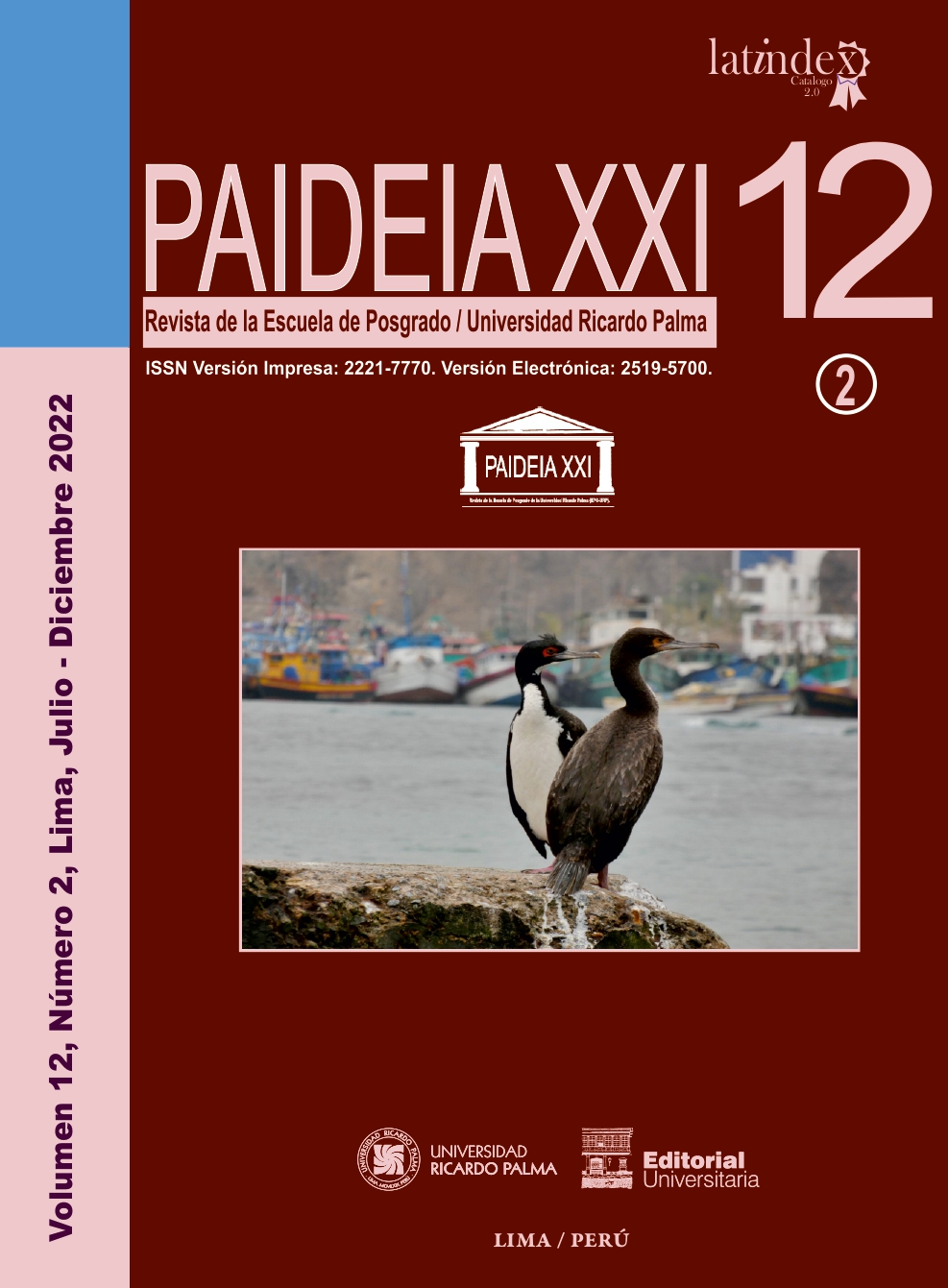IMPACT OF CONSTRUCTION AND DEMOLITION WASTE IN THE SPECIAL REGULATION AREA OF THE PANTANOS DE VILLA DE LIMA, PERU
DOI:
https://doi.org/10.31381/paideiaxxi.v12i2.5033Keywords:
Canales, componentes ambientales, disposición final, impacto negativo, residuos de construcción, demoliciónAbstract
The increase in solid waste in cities worldwide and the deficit in local efforts in Latin America regarding this problem, not only affects the health and well-being of people. In the case of the wetlands of the Pantanos de Villa Wildlife Refuge (RVSPV), Chorrillos, located in the metropolitan city of Lima, Peru. It has been identified that the greatest problem in the Special Regulation Zone (ZRE), is the disposal of construction and demolition waste (CDW) on public roads, areas without construction and canals that feed this wetland. The objective of this study was to evaluate the impact of CDWs on the ZRE of RVSPV. For this reason, it began with the identification of the five points with the highest incidence of waste (La Chira, El Remero, Don Emilio, Hipocampo and El Triunfo), then four measurements of the volume of waste were made with an interval of two weeks. for each point in order to determine the negative impact of CDW on the ZRE of RVSPV. The point with the highest incidence of CDW was El Triunfo, where it was identified that the air and the soil are the main environmental components that have been affected. It is suggested to value CDW through a circular economy; however, in the face of the resolution of the CDW problem, the logistics of the municipalities in charge are seen as an impediment in the recovery and restoration of space.
keywords: Waterways – environmental components – final disposal – negative impact – construction and demolition waste












